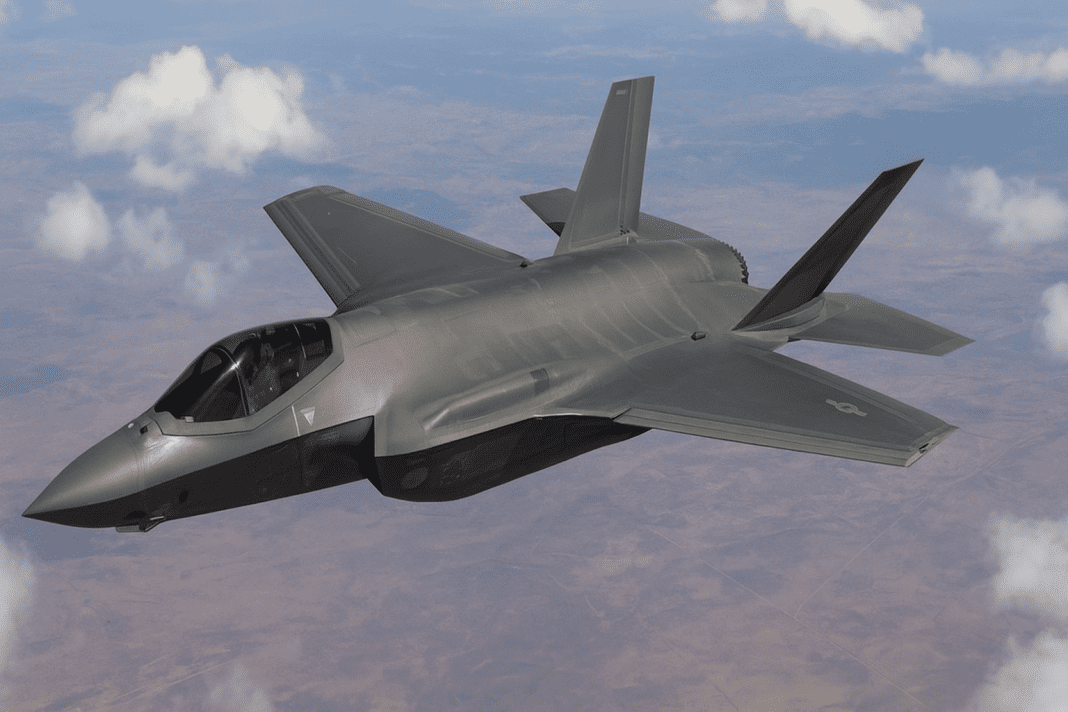The F-35 fighter jet is one of the most advanced aircraft ever created. It was meant to give the United States and its allies an edge in modern warfare. But rising corruption questions have added to the F-35’s enormous $2 trillion price tag, making it the most expensive weapons program in history.
A Costly Program That Keeps Growing
The idea behind the F-35 was simple. One jet that could do everything—fight in the air, gather intelligence, and support troops on the ground. But as years passed, the program grew larger, more complex, and far more expensive than expected. Along the way, reports began highlighting how corruption, weak oversight, and unchecked spending played a major role in driving costs upward.
Experts who study military spending say the arms industry is one of the easiest places for corruption to hide. Huge budgets, long-term contracts, and secret technology create perfect conditions for price manipulation. In the case of the F-35, these risks became reality. Investigations revealed that certain suppliers inflated prices, added hidden fees, or charged more than necessary for essential parts.
US ex-general warns of technology leak risks as China targets F-35 secrets during Saudi sale review
Even after some companies faced penalties for inflated pricing, the program continued to expand. Contracts were renewed, more jets were ordered, and costs continued to climb. This raised questions about how corruption can survive even in countries considered “least corrupt” on global rankings.
Why Secrecy and Limited Competition Help Corruption Spread Inside Defense Projects
One major reason the F-35 became so expensive is the extreme secrecy surrounding military programs. Governments often claim that hiding details is necessary to protect national security. But secrecy also creates a space where corruption can grow quietly.
The F-35 uses thousands of parts built by hundreds of subcontractors. When so many companies supply the same project, it becomes very easy for overpricing to blend into the background. A single bolt, wire, or sensor can be sold at a highly inflated cost, and only a few people will ever know.
Reports show that:
- Sustainment costs for the F-35 reached about $1.6 trillion, mostly due to long-term support and repairs.
- Acquisition costs rose to nearly $442 billion, far above early estimates.
- Contracts were sometimes renewed without strong checks on price increases.
These issues highlight how corruption does not always look like a dramatic scandal. Sometimes corruption appears in slow price climbs, hidden charges, and vague contract language.
Erdogan Hails ‘New Era’ with Trump: Halkbank Sanctions Near End, F-35 Deal Resurfaces
Another key problem is limited competition. Very few companies in the world can build fighter jets or produce their components. When suppliers know that there are no alternatives, they can set higher prices. This creates an environment where corruption becomes easier, because oversight is low and pressure to reduce costs is almost nonexistent.
Many researchers note that this pattern does not happen only in the United States. Countries that rank high on global transparency lists still show strong signs of military-related corruption, especially when dealing with expensive defense equipment.
Why the F-35 Has Become a Symbol of Global Military Corruption
Studies of global arms deals show that corruption is extremely common in military spending, even among countries that are viewed as transparent and law-abiding. In fact, about 40 percent of all global corruption is linked to arms trading. This includes price inflation, wasteful spending, bribes, and misuse of funds.
The F-35 program fits this trend clearly. It involves many countries, countless suppliers, and a long timeline that will stretch until at least 2088. This gives corruption many places to hide. Investigators have already found:
- Overpriced components
- Payment settlements for dishonest pricing
- Long delays caused by supply chain problems
- Repairs costing far more than initial estimates
Despite all this, the F-35 is still expanding. More jets are being produced, and more countries are joining the program. This makes it nearly impossible to slow down or investigate fully. When a project becomes too large and too essential for national defense, it becomes almost “too big to question.”
F-35 gets deadlier — U.S. arms Nordic ally with 340 Sidewinder missiles in $318M deal
This is why the F-35 is now seen as a global symbol of military corruption—not only because of its high cost, but because it shows how corruption can take place even where people least expect it. Many nations ranked as “least corrupt” still appear repeatedly in corruption databases when it comes to arms sales and defense programs.
The F-35 story reminds the world that corruption does not always look like a dramatic scandal. Sometimes it grows quietly within complex systems that are protected by secrecy, large budgets, and limited competition.
And in the case of the $2 trillion F-35 fighter jet program, these conditions created one of the most expensive examples of corruption-linked spending in modern history.

